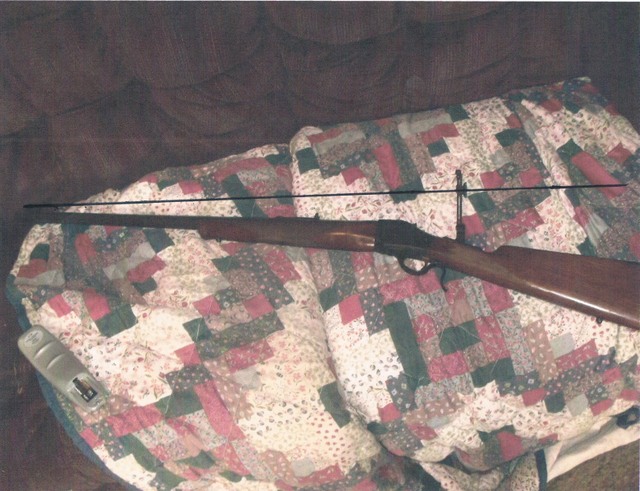Allow me to introduce my newest acquisition. It was the precision rifle of it's day, helped win the first match at Creedmoor, and, while it was not an honorable ecological feat it was a great feat of shooting skill, it was a large part of nearly exterminating the bison.
It's a model 1874 sharps rifle. This one is in the style as made at the Hartford factory until 1876 and is in 45-2 4/10" caliber.

With the action open:

The barrel ladder sight, which would have been pretty standard for a buffalo hunter. A target shooter would have a significantly more precise but also much more expensive vernier sight.

And it fires a 550 grain paper patched bullet. These are on top of 87 grains of black powder:

As a point of interest, that bullet leave the muzzle at something like 1300 feet per second. To reach 1000 yards, you need something in the realm of 160 MOA of elevation and it will take just over three seconds to get there.
It's a model 1874 sharps rifle. This one is in the style as made at the Hartford factory until 1876 and is in 45-2 4/10" caliber.

With the action open:

The barrel ladder sight, which would have been pretty standard for a buffalo hunter. A target shooter would have a significantly more precise but also much more expensive vernier sight.

And it fires a 550 grain paper patched bullet. These are on top of 87 grains of black powder:

As a point of interest, that bullet leave the muzzle at something like 1300 feet per second. To reach 1000 yards, you need something in the realm of 160 MOA of elevation and it will take just over three seconds to get there.




